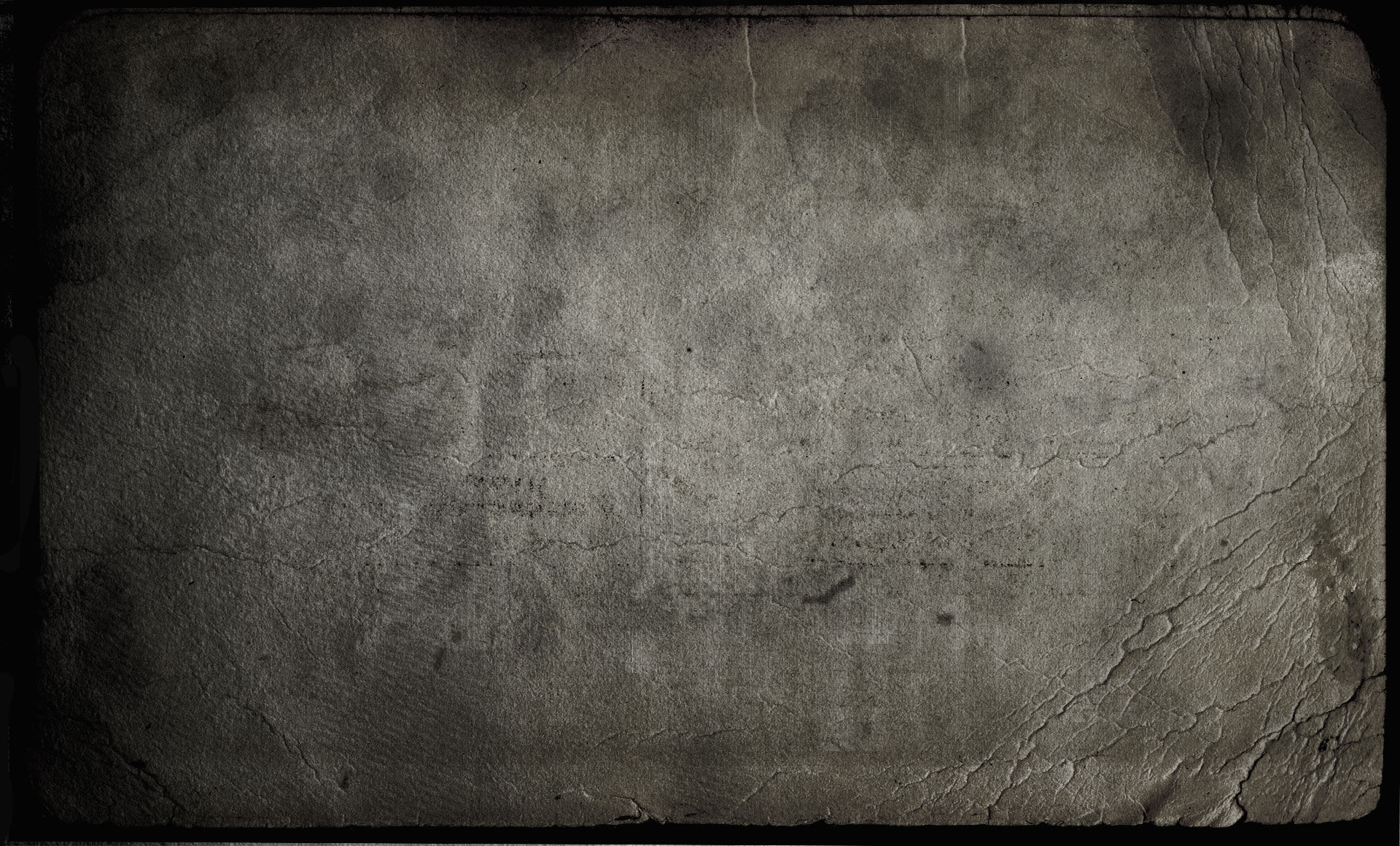“I never get tired of hearing Alba Ecstasy's music. New like old!

1 Black Velvet I 14:58
2 Black Velvet II 16:53
3 Black Velvet III 11:00
4 Black Velvet IV 7:55
(DDL 50:48) (V.F.)
(New Berlin School)
A little more and I was going to forget this album! Even if BLACK VELVET appeared two months after his death, it is intimately linked to Klaus Schulze. Except that Alba Ecstasy doesn't want it to become a tribute album. He especially doesn't want the opinions to think that he was taking advantage of the situation in order to encourage the fans of the German master to buy the album. On the other hand, one should not forget that the music of the Romanian musician-engineer is inhabited by Schulze's influences since the very beginning of his career. Certainly, the title of the album can refer to Velvet Voyage of the sublime Mirage. Except that here, the velvet has the color of the nothingness. Of the abysses. BLACK VELVET is not an album-tribute to Schulze, nor to Vangelis although perfumes of the latter are omnipresent in Black Velvet I. BLACK VELVET is Alba Ecstasy's sorrow on 4 long minimalist structures whose dark layers are the hum of his pain. There is a dark side to the music with arrangements and textures that simulate an afterlife. One senses a form of struggle to this effect, especially in the opening of Black Velvet I.
It's with a cloud of oscillations with roughly drawn contours of reverberations that the track attacks our ears. Synth effects, born in the psychedelic visions of Klaus Schulze's Blackdance years, amplify this opening whose sound theme can as well remind the period Albedo 0.39 and Spiral of Vangelis. Dark shadows and crumbling synth waves are adjacent elements that, along with the addition of a layer of absent voices, give a dramatic vision to the opening minutes of this evolving track. These voices eventually diminish the sonic strength of the oscillating rhythm's loops, leading Black Velvet I into its first phase of mutation. An atmospheric phase where vintage synth effects become sonic arrows whose arching shapes evaporate into cosmic orchestrations, leaving far behind that opening imprint that increasingly exhausts its rhythmic reach that has become distant to the ear. But it still resists the new orientation of the title. The synth laments here, around the 8th minute, cannot betray the dimension that Vangelis occupies in this track. A distant silvery tinkle emerges about 50 seconds later. Its appearance sounds the death knell to the ghostly rhythm that occupied more or less the first 9 minutes of the track. It is subdivided into two distinct lines whose traces intersect and zigzag, over a distance of more or less three minutes, under a concerto for astral voices which will lead Black Velvet I towards its finale.
Organ layers are the source of the pulsing rhythm, dominated by a jumping key that jumps in random zigzags, of Black Velvet II. There's a delicious rubbery effect in this movement that comes and goes under a sonic sky that fills with buzzing shadows. This longest BLACK VELVET track is molded in Schulze's influences, the same can be said for Black Velvet III. But this is not a novelty for AE since this model of spasmodic ambient rhythm has been feeding his repertoire for years. It's still seductive for the ears fond of this style, especially since Mihail-Adrian has become a master in the art of exploiting these minimalist rhythms. He inserts percussions on the last boomerang effects of the rhythm, some 30 seconds after the 6th minute. The sequencer still rolls faster than the percussions, restructuring the jerky rhythm into a moderate trance effect under a sky that is now filled with woosshh and wiisshh. There is something decidedly more magnetizing about Black Velvet III panorama. Structured on an armada of keyboard/synth keys with warble-dominated tones and effects that are as variegated as they are seductive, its rhythm jumps as if propelled by springs that are adjusted to different levels of tension. Arpeggios with an oriental acoustic tone get grafted to become a good rhythmic melody line that undulates in an ascending mode on this minimalist structure. The elastic nature of the leaps gives it a bouncy effect that is finely strobed, while the bass line structures a stealthy appearance that hand percussions bring to a good meditative trance level. Black Velvet IV ends this good album with a jumping key line that rolls in loops. Its upwardly Berlin School approach is delightfully shaky and is crossed by another line of arpeggios whose evasive melody gets lost under a cloud of artistic solos. Their dark and sober tones let us guess all the grieve of Mihail-Adrian Simion whose inspiration is simply divinatory here.
Alba Ecstasy hesitated a long time before making this BLACK VELVET available to electronic music (EM) aficionados. I understood the reason for his hesitancy, but at the same time I thought it was unfair that only my ears could hear Black Velvet II! His homage to Klaus Schulze has been heard in his music for years and his influence is clearly felt in the evolution of his career. Even if Schulze's presence, in all eras, extends its hold on this album-download, it won't be the first time it dominates the Romanian musician's musical ethic. And I am convinced that it won't be the last time either! In the end, this BLACK VELVET is another beautiful album that only confirms that AE dominates a 50-year-old style and that he also knows how to make it evolve in the parameters that the new instruments and recording techniques make always evolving, always actual. In other words, we never get tired of it!
Sylvain Lupari (July 9th, 2022) ****½*
Available at Alba Ecstasy Bandcamp

Comments